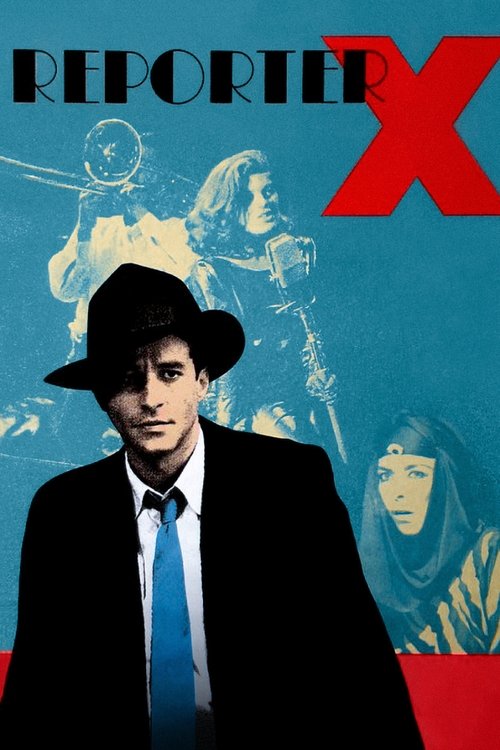
Ask Your Own Question
What is the plot?
What is the ending?
In the ending of "Suburban Angels," the main characters confront their personal struggles and relationships, leading to a resolution that reflects their growth and the complexities of suburban life. The film concludes with a sense of hope and a new beginning for the characters.
As the final act unfolds, we find ourselves in the familiar suburban neighborhood, where the sun begins to set, casting a warm glow over the houses. The air is thick with tension as the characters gather for a community event, a barbecue that symbolizes both unity and the underlying conflicts that have simmered throughout the film.
Scene 1: The Barbecue Gathering The camera pans over the neatly manicured lawns and the cheerful decorations of the barbecue. Families are mingling, laughter fills the air, but there is an undercurrent of unresolved issues. The main characters, Sarah, Tom, and Lisa, arrive separately, each carrying the weight of their personal dilemmas. Sarah, feeling the strain of her marriage, glances at Tom, who is trying to maintain a facade of happiness despite his own struggles with self-identity. Lisa, caught in the middle, senses the tension and tries to lighten the mood.
Scene 2: Confrontation and Revelation As the evening progresses, the atmosphere shifts. Sarah and Tom find themselves alone, away from the crowd. The conversation turns serious as Sarah expresses her feelings of isolation and frustration in her marriage. Tom, feeling vulnerable, admits his own fears about not living up to expectations. Their exchange is raw and emotional, revealing the cracks in their relationship. The camera captures their expressions, the pain and longing evident in their eyes.
Scene 3: A Moment of Clarity Meanwhile, Lisa observes the interactions from a distance, her heart heavy with the knowledge of their struggles. She approaches them, and the three engage in a heartfelt discussion about their dreams and disappointments. This moment of honesty brings them closer, and they begin to understand each other's perspectives. The dialogue is poignant, filled with pauses that reflect their internal conflicts and the weight of their suburban lives.
Scene 4: The Decision As the night deepens, the characters make pivotal decisions. Sarah decides to take a step towards independence, realizing that she needs to prioritize her own happiness. Tom, inspired by Sarah's courage, contemplates pursuing his passion for art, which he had long neglected. Lisa, feeling empowered by their honesty, resolves to support her friends while also seeking her own path.
Scene 5: A New Beginning The film concludes with the three characters standing together, looking out over the neighborhood. The barbecue continues in the background, but they are now united in their resolve to embrace change. The camera zooms out, capturing the suburban landscape as the sun sets, symbolizing both an ending and a new beginning. Each character's fate is intertwined with their growth; Sarah steps into her own strength, Tom embraces his creativity, and Lisa finds her voice.
In the final moments, the screen fades to black, leaving the audience with a sense of hope and the understanding that while suburban life is fraught with challenges, it also offers the possibility of renewal and connection.
Is there a post-credit scene?
"Suburban Angels," produced in 1987, does not feature a post-credit scene. The film concludes its narrative without any additional scenes after the credits roll. The story wraps up with a sense of resolution, focusing on the characters' journeys and the themes of suburban life, friendship, and personal growth. The absence of a post-credit scene allows the audience to reflect on the film's messages and the characters' developments without any further distractions.
What are the main character's motivations throughout the film?
The main character, a young woman named Lisa, is driven by her desire to escape the mundane life of suburban conformity. She seeks adventure and authenticity, feeling stifled by the expectations of her family and community. Her internal struggle is highlighted through her interactions with friends and her romantic interests, as she grapples with the tension between her dreams and her reality.
What role does the character of Mark play in Lisa's journey?
Mark serves as a catalyst for Lisa's transformation. He embodies the excitement and danger of the life she yearns for, representing both the allure of freedom and the risks that come with it. Their relationship is fraught with passion and conflict, as Lisa is torn between her feelings for him and her loyalty to her friends and family. Mark's influence pushes Lisa to confront her own desires and the consequences of her choices.
How does the relationship between Lisa and her best friend evolve?
Lisa's relationship with her best friend, Sarah, begins as a supportive bond rooted in shared experiences of suburban life. However, as Lisa becomes more rebellious and seeks to break free from their small-town confines, Sarah feels increasingly alienated. This tension culminates in a confrontation where Sarah expresses her fears of losing Lisa to a more adventurous lifestyle, showcasing the emotional stakes of their friendship.
How does the film depict the theme of suburban life through its characters?
The film portrays suburban life through a cast of characters who each represent different facets of this environment. From the overbearing parents who impose strict rules to the carefree teenagers who rebel against them, the characters illustrate the pressures and expectations of suburban existence. Their interactions reveal the underlying dissatisfaction and longing for something more, creating a rich tapestry of emotional experiences that highlight the film's critique of suburban norms.
What significant events lead to Lisa's ultimate decision to leave her hometown?
Several pivotal events lead to Lisa's decision to leave her hometown, including a dramatic fallout with her parents over her aspirations, a heartbreaking betrayal by a close friend, and a life-altering experience with Mark that opens her eyes to the possibilities beyond her suburban life. Each event serves to deepen her resolve to break free from the constraints of her environment, culminating in a powerful moment of self-realization that propels her towards her future.
Is this family friendly?
"Suburban Angels," produced in 1987, is a film that explores the complexities of suburban life through the lens of its characters. While it does contain elements of drama and humor, there are several aspects that may be considered objectionable or upsetting for children or sensitive viewers.
-
Parental Conflict: The film features scenes of tension and conflict between parents, which may be distressing for younger viewers who are sensitive to family dynamics.
-
Teenage Rebellion: There are moments depicting teenage characters engaging in rebellious behavior, which may include mild substance use or defiance against authority figures.
-
Emotional Struggles: Characters experience emotional turmoil, including feelings of isolation, anxiety, and existential questioning, which could be heavy for younger audiences.
-
Social Issues: The film touches on themes of social pressure and the quest for identity, which may resonate deeply but could also be challenging for sensitive viewers to process.
-
Mild Language: There are instances of mild profanity and suggestive dialogue that may not be suitable for all children.
Overall, while "Suburban Angels" offers a nuanced portrayal of suburban life, its themes and certain scenes may require parental guidance for younger audiences.


























